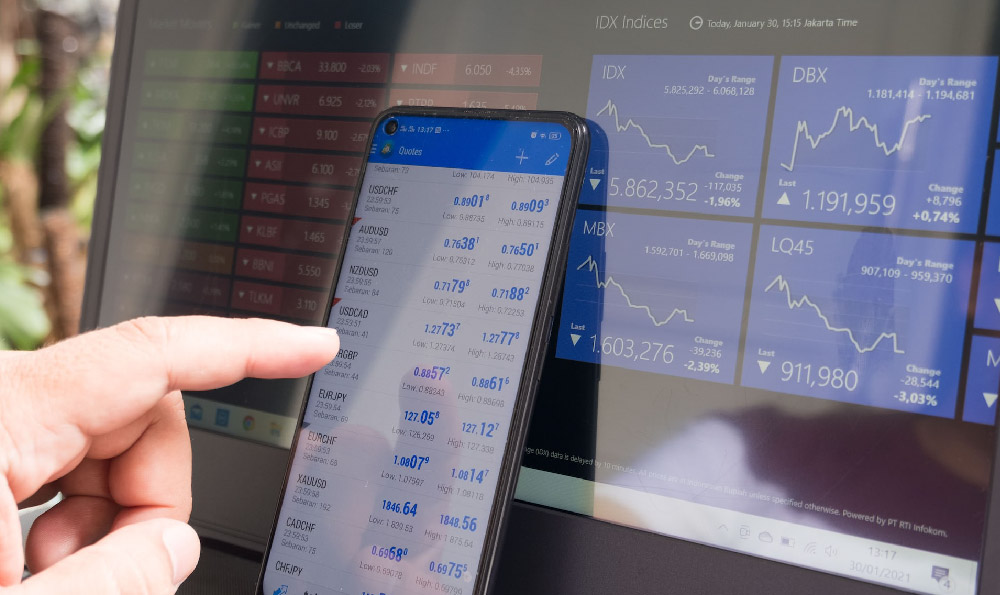Investing in India from the USA presents a compelling opportunity for diversification and potentially higher returns, given India's robust economic growth and burgeoning consumer market. However, it's crucial to navigate the complexities of international investing, considering factors like regulatory frameworks, currency fluctuations, and tax implications. This guide aims to provide a comprehensive overview of how and where US investors can effectively allocate capital to the Indian market.
Before diving into specifics, it's important to define your investment goals and risk tolerance. Are you seeking long-term capital appreciation, dividend income, or a combination of both? What level of risk are you comfortable with? This self-assessment will guide your investment choices and help you select suitable investment vehicles. Remember, higher potential returns often come with higher risks.
Several avenues are available for US investors seeking exposure to the Indian market. Exchange-Traded Funds (ETFs) and American Depositary Receipts (ADRs) offer relatively straightforward and accessible options. ETFs tracking Indian indices, such as the Nifty 50 or the Sensex, provide broad market exposure with a single investment. These ETFs are typically listed on US exchanges, making them easy to buy and sell. Research the expense ratios and tracking error of different ETFs to ensure you're choosing a cost-effective and well-managed fund. ADRs, on the other hand, represent shares of specific Indian companies traded on US exchanges. Investing in ADRs allows you to target individual companies you believe have strong growth potential. However, remember to research the company thoroughly, analyzing its financial performance, industry position, and management team. ADRs can be less liquid than ETFs, so consider the trading volume before investing.

Another option is to invest in US-based mutual funds that focus on emerging markets, including India. These funds are managed by professional portfolio managers who have expertise in navigating the complexities of the Indian market. However, be aware that the fees associated with actively managed mutual funds tend to be higher than those of passively managed ETFs.
For more direct access to the Indian market, US investors can consider opening a trading account with a brokerage firm that allows trading on Indian stock exchanges. This requires navigating the regulatory hurdles associated with foreign investment, including obtaining a Permanent Account Number (PAN) and Demat account in India. While this approach offers greater control over your investments, it also demands more research and understanding of Indian market dynamics. This path is generally recommended for sophisticated investors with a higher risk tolerance and a desire for granular control over their portfolio.
When considering specific investment sectors, India's growth story offers numerous compelling opportunities. The technology sector is experiencing rapid expansion, driven by the country's large and young population, increasing internet penetration, and a thriving startup ecosystem. Companies involved in software development, e-commerce, and digital payments are well-positioned to benefit from these trends. The financial services sector is also experiencing growth, fueled by increasing financial inclusion and the expanding middle class. Banks, insurance companies, and asset management firms are benefiting from the rising demand for financial products and services. The infrastructure sector presents another promising area for investment, as the Indian government is investing heavily in roads, railways, and ports to support economic growth. Companies involved in construction, engineering, and transportation are likely to benefit from these investments. The consumer discretionary sector is also worth considering, as India's rising disposable incomes are driving demand for consumer goods and services. Companies involved in retail, hospitality, and entertainment are well-positioned to capitalize on this trend.
Before making any investment decisions, it's crucial to understand the risks associated with investing in India. Currency risk is a significant factor, as fluctuations in the exchange rate between the US dollar and the Indian rupee can impact your returns. Political and regulatory risks are also present, as changes in government policies or regulations can affect the performance of Indian companies. Market volatility is another consideration, as the Indian stock market can be more volatile than developed markets like the US. Geopolitical risks, such as regional conflicts or international trade tensions, can also impact investor sentiment and market performance. Therefore, it's essential to diversify your investments across different sectors and asset classes to mitigate these risks.
Tax implications are another important consideration when investing in India from the US. US citizens are generally required to report their worldwide income to the IRS, including income earned from investments in India. India also has its own tax laws, and you may be subject to Indian taxes on income earned from your investments. It's crucial to consult with a qualified tax advisor to understand the tax implications of investing in India and to ensure that you are complying with all applicable tax laws. Tax treaties between the US and India may offer certain benefits or exemptions, so it's essential to understand how these treaties apply to your specific situation.
Building a diversified portfolio is crucial for mitigating risk. Don't put all your eggs in one basket. Allocate your investments across different sectors, asset classes, and geographical regions. This will help to protect your portfolio from the impact of any single event or downturn. Regularly review your portfolio and rebalance it as needed to maintain your desired asset allocation. This will help to ensure that your portfolio remains aligned with your investment goals and risk tolerance.
Furthermore, staying informed is vital. Keep abreast of developments in the Indian economy and financial markets. Read news articles, research reports, and financial publications to stay up-to-date on the latest trends. Follow reputable financial analysts and commentators who specialize in the Indian market. This will help you to make informed investment decisions and to avoid being caught off guard by unexpected events. Understanding the macroeconomic environment, including inflation, interest rates, and government policies, is crucial for making sound investment decisions.
Finally, consider seeking professional advice. A qualified financial advisor can help you to develop a personalized investment plan that is tailored to your specific needs and goals. They can also provide you with expert guidance on selecting appropriate investments and managing your portfolio. A financial advisor can help you to navigate the complexities of international investing and to make informed decisions that will help you to achieve your financial objectives. Choose an advisor who has experience in international investing and a strong understanding of the Indian market.
Investing in India from the USA can be a rewarding experience, but it's important to approach it with careful planning and a thorough understanding of the risks and opportunities involved. By following these guidelines and seeking professional advice, you can increase your chances of success and achieve your financial goals. Remember to always do your own research and to invest only what you can afford to lose.











